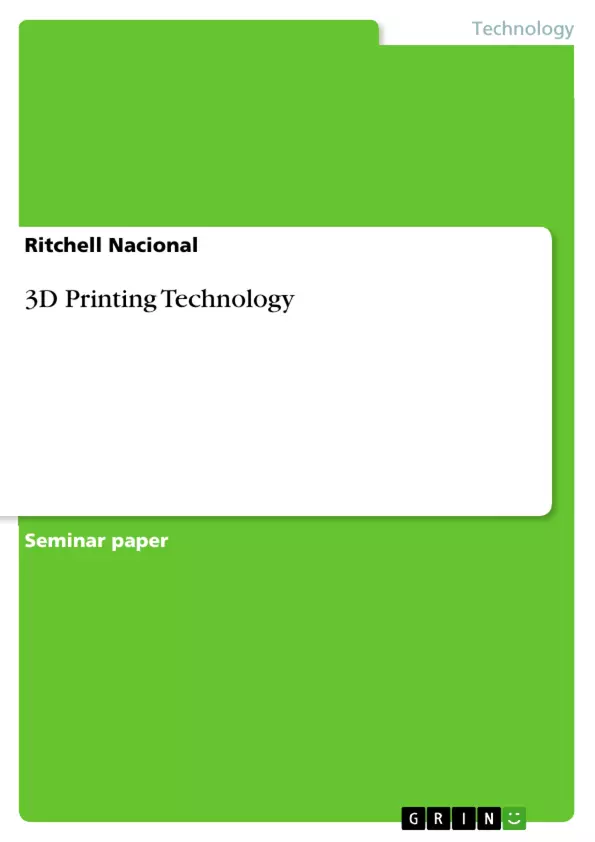The application of 3D printing spans a wide range of industries. The term "3D printing," on the other hand, refers to a far larger range of methods. The rapid expansion of the industry illustrates the applicability of 3D printing. Engineers are pushing the boundaries of 3D printing concrete by precisely automating the pouring process using computers and robotics, while scientists are working on more intelligent ways to 3D print complex polymers. The major 3D printer manufacturers emerge, new technologies improve, and 3D modeling tools debut, propelling additive manufacturing to new heights.
The 3D printing process is also known as 'additive manufacturing' since it entails constructing products from the ground up rather than cutting or milling a shape in a mold. Its benefits include minimal waste and the ability to print elaborate shapes that would be impossible to produce otherwise, such as intricate lattice systems. Sporting goods companies, aviation and aerospace companies, and medical device companies are all ready to capitalize. It is widely used and valued in enterprises such as prototyping and manufacturing, medical, construction, art education, and arts and galleries.
Inhaltsverzeichnis (Table of Contents)
- I. Introduction
- A. Where and When the Technology was developed
- B. Rationale of the Technology Development
- C. Name and Profile of the Inventor
- II. Kind and Description of 3D Printing
- III. Origin of 3D Printing
Zielsetzung und Themenschwerpunkte (Objectives and Key Themes)
This text aims to provide a comprehensive overview of the history and development of 3D printing technology, examining its origins, key advancements, and impact across various fields.
- The evolution of 3D printing technologies, from its early concepts to modern advancements.
- The influence of key figures and companies in shaping the 3D printing landscape.
- The diverse applications of 3D printing across industries, including manufacturing, medicine, and art.
- The rationale behind the development of 3D printing and its advantages over traditional manufacturing processes.
- The impact of 3D printing on various sectors and its potential for future innovation.
Zusammenfassung der Kapitel (Chapter Summaries)
- I. Introduction: This chapter introduces the concept of 3D printing, outlining its early beginnings in the 1980s and highlighting its rapid growth and expanding capabilities. It touches on the diverse applications of 3D printing across various industries.
- II. Kind and Description of 3D Printing: This section delves into the fundamentals of 3D printing, explaining the additive manufacturing process and contrasting it with subtractive manufacturing techniques. It also provides a comparison between traditional inkjet printers and 3D printers.
- III. Origin of 3D Printing: This chapter traces the development of 3D printing technology from its early conceptualization in the 1970s to the emergence of key players and technologies. It explores the contributions of individuals like Dr. Hideo Kodama, Alain Le Méhauté, Olivier de Witte, Jean Claude André, and Charles 'Chuck' Hull in pioneering the field.
Schlüsselwörter (Keywords)
The text focuses on key concepts like 3D printing, additive manufacturing, stereolithography (SLA), fused deposition modeling (FDM), selective laser sintering (SLS), rapid prototyping, and the impact of these technologies across various sectors, including medicine, manufacturing, and art.
- Quote paper
- Ritchell Nacional (Author), 2021, 3D Printing Technology, Munich, GRIN Verlag, https://www.grin.com/document/1192781



